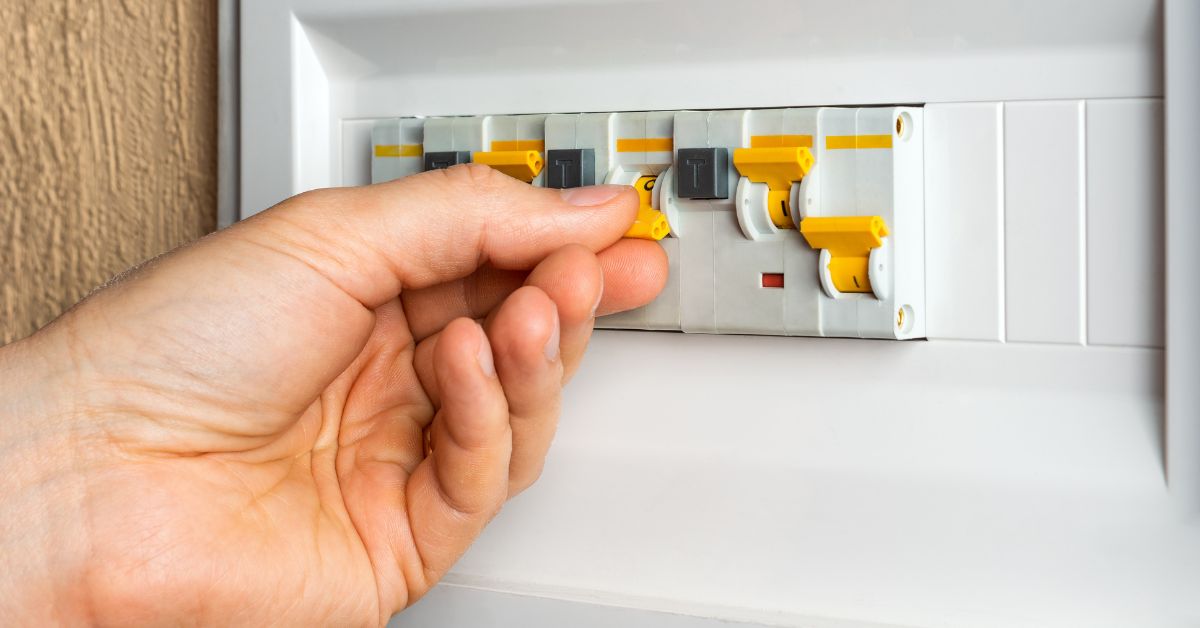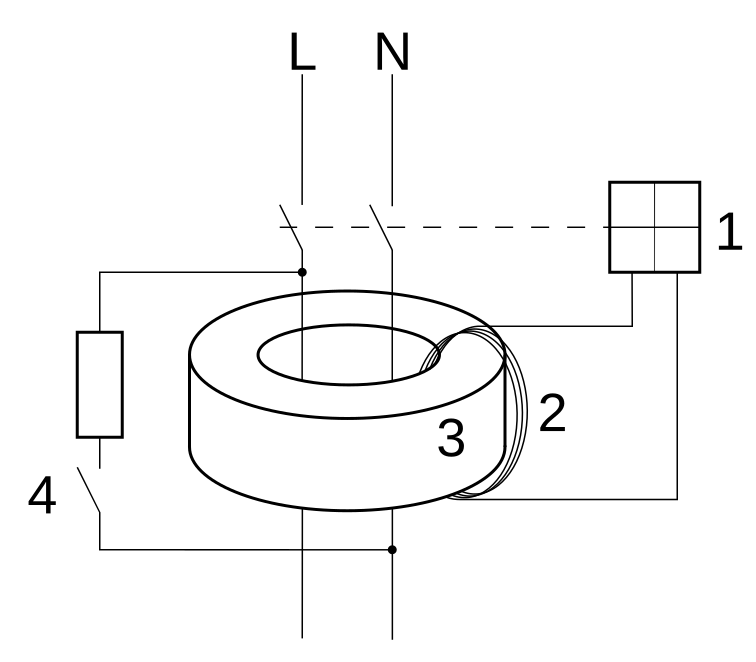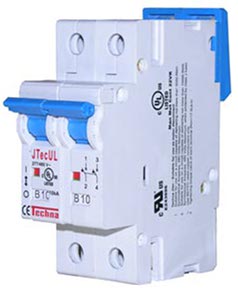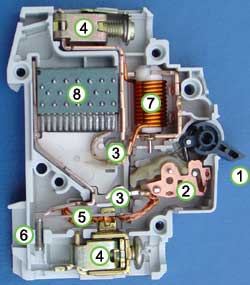What are RCDs or Safety Switches?

The electricity in your home can be dangerous. It can cause injury and death, and it contributes to 40% of house fires in New South Wales.
Luckily, modern homes are protected by RCDs and circuit breakers. These keep you and your property safe from electrocution and electrical fires.
These two types of switches are often confused. They work differently and perform different functions, but they’re a crucial part of keeping your family safe.
In this article, we’ll learn more about RCDs and circuit breakers, including how they work and the key differences.
Safety switches save lives. If any of your safety switches have tripped, leave them in the OFF position and contact an electrician immediately.
What is an RCD?
A Residual Current Device (RCD) is an automated switch that protects against electrocution. If you touch something (such as a live wire) that would electrocute you, the RCD detects this and interrupts the power supply in 0.03 seconds.
RCDs are commonly called safety switches.Safety switches have been required in all new and existing homes in New South Wales since 2002. Under the Residual Current Devices Policy, new homes and existing properties must be fitted with an RCD.
How Does an RCD Work?
RCDs continuously monitor the flow of electricity through the circuit the switch is protecting. If the flow of electricity is interrupted, the RCD triggers and interrupts the circuit.
This works because the Live and Neutral wires for the circuit pass through the RCD. Inside the RCD, the electricity in these wires generate opposing magnetic fields. When the electrical circuit is working as intended, these magnetic fields are perfectly balanced and the power continues to flow.
The circuit is interrupted if the electricity finds another grounding path – e.g. through a person who has touched a live wire.
This causes the magnetic fields in the RCD to become unbalanced. This triggers the switch, instantly interrupting the flow of electricity.

In this diagram, you can see the Live (L) and Neutral (N) wires passing through an electromagnetic coil in the RCD (3). If the flow of power through the L or N wires is irregular, the tripping mechanism (1, 2) detects the irregularity and closes the switch (4) to prevent electrocution.
What is a Circuit Breaker?

A circuit breaker is an electrical device that protects an electrical circuit from high current faults, short circuiting and overloading. Circuit breakers protect the circuits, wiring and appliances in your home and can prevent electrical fires. They do not protect against electrocution.
Each of the circuits in your home has a breaker attached to it. These are the large switches you can see in your switchboard.
Circuit breakers replace older technology like ceramic fuses. The benefit of circuit breakers is that they can be tested and reset. They’re also more reliable and come in dozens of varieties, so your electrician can install a circuit breaker that’s suitable for the amount of power it’s controlling.
How Does a Circuit Breaker Work?
Circuit breakers monitor the amount of electricity moving through a circuit. If the circuit breaker’s predetermined limits are exceeded, they automatically switch off the supply of power.

There are two mechanisms in a circuit breaker that can detect fault conditions:
- The thermal protection switch is a bimetallic strip (5) that heats up as electricity passes through the switch. Bimetallic strips are made of two different types of metal that are fused together. Each type of metal expands at a different rate when heat is applied, causing the strip to bend when heated by electricity. In a circuit breaker, the bimetallic strip will bend far enough to switch off the circuit if it exceeds a certain temperature. This protects against excessive amounts of power in the circuit (e.g. from power surges).
- The short circuit protection is an electromagnetic coil (7). As electricity flows through the coil, it generates a magnetic field. If the electricity reaches unsafe levels, the magnetic field becomes large enough to move a switch linkage (2) and turn off the circuit. This protects against short circuiting.
Key Differences Between RCDs and Circuit Breakers
RCDs and circuit breakers can both be found in your switchboard. They look similar, but they perform very different functions. Here are the key differences between the two devices:
| RCDs (Safety Switches) | Circuit Breakers | |
| Purpose | Protects people against electrocution. | Protects wiring and appliances against electrical fires. |
| Installation Requirements | On each power point circuit and lighting circuit of new and existing homes. | On every individual circuit in all new homes. |
| Testing Interval | Every 6 months. | Every 6 months. |
Keep Your Family Safe With Switchboard Upgrades From Thompson Power
RCDs and safety switches are some of the most important electrical equipment in your home. They can keep you, your family and your property safe.
Thompson Power is a team of qualified electricians based in Orange. We work across Central Western NSW, providing electrical services to residential, commercial and industrial clients.
Your RCDs and Safety Switches need to be regularly tested. If your switches are untested, or if it’s time to upgrade your switchboard, we can help. We are also equipped to upgrade older switchboards with components made from asbestos, making your home even safer.
Contact us for a quote and to book an appointment!
